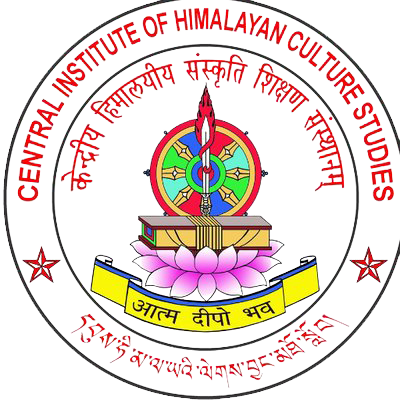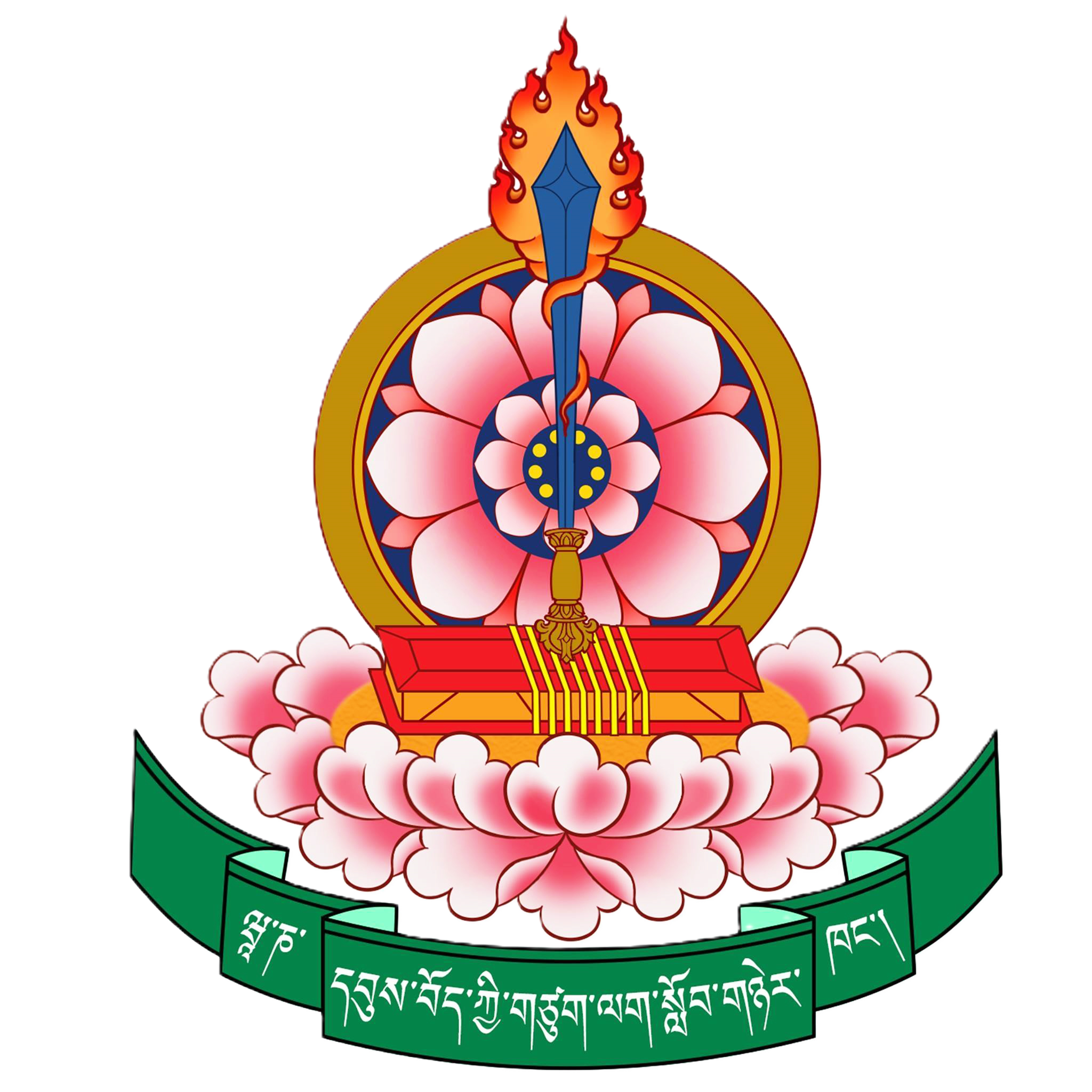faculties
NOTICE BOARD

FACULTY OF SHILPA VIDYA
Faculty of Shilpa Vidya was established in 2008 and in fact it was the first in India to offer programmes on Traditional Tibetan Fine Arts at both undergraduate and postgraduate levels. The objectives behind establishing this faculty are for preserving and transmitting the rich cultural heritage of Traditional Tibetan Fine Arts. Currently the faculty offers U.G degree programs of Shastri (BA) in Traditional Tibetan Painting & Shastri (BA) in Traditional Tibetan Woodcraft and P.G degree programs of Acharya (MA) in Traditional Tibetan Painting & Acharya (MA) in Traditional Tibetan Woodcraft. The purpose of the programmes is to produce artists and art scholars with the necessary philosophical and theoretical background enabling them to take their work to international platforms
The faculty consists of two Departments:
- Department of Traditional Tibetan Painting
- Department of Traditional Tibetan Woodcraft
Programs offered by the faculty are:
- B.F.A. (UG)
- M.F.A. (PG)
Programme Outcomes:
- U.G. Shastri (B.F.A.) in Traditional Tibetan Painting; Traditional Tibetan Woodcraft:
To train the students with specific knowledge of the origin and development of different schools of Tibetan aesthetics and theoretical traditions, the program aims to develop a critical understanding of various branches of Shilpa Vidya like Thangka painting, wood carving and various other installation art forms. The vocational nature of the program furnishes the curriculum with the hand on practical training in the fields of painting and wood carving. The students are given a comparative knowledge of the growth of different schools of painting and carving along with various Indian, Western trends, traditions, and movements. The program’s unique point of attraction is the knowledge of Buddhist art and its development and adoption by multiple countries.
- P.G. Acharya (M.F.A.) in Traditional Tibetan Painting; Traditional Tibetan Woodcraft:
The analytical and practical knowledge of aesthetics has seen new heights in recent years across the globe. To train the students with specific knowledge of the origin and development of different schools of Tibetan aesthetics and theoretical traditions, the program aims to develop a critical understanding of various branches of Shilpa Vidya like Thangka painting, wood carving and various other installation art forms. The vocational nature of the program furnishes the curriculum with the hand on practical training in the fields of painting and wood carving. The students are given a comparative knowledge of the growth of different schools of painting and carving along with various Indian, Western trends, traditions, and movements. The program’s unique point of attraction isthe knowledge of Buddhist art and its development and adoption by multiple countries. The advanced curriculum allows students to seek further opportunities in the fields of research, teaching, artistic fields like painting and wood-carving and many more.
Program Outcome of Shastri Tibetan Traditional Fine Arts:
- To train the students with specific knowledge of the origin and development of different schools of Tibetan aesthetics and theoretical traditions.
- The program aims to develop a critical understanding of various branches of Shilpa Vidya like Thanka painting, wood-carving and various other installation art forms.
- The vocational nature of the program finishes the curriculum with the hand on practical training in the fields of painting and wood-carving.
- The students are given a comparative knowledge of the growth of different schools of painting and carving along with various Indian, Western trends, traditions and movements.
- The program’s unique point of attraction is the knowledge of Buddhist art and its development and adoption by multiple countries.
Program outcomes of Acharya Tibetan Traditional Fine Arts:
- The advanced curriculum allows student to seek further opportunities
in the fields of research, teaching, artistic fields like painting and wood-carving etc. - To teach this social science to the students.
- Traditional design and decoration for home, monasteries, institutions
buildings of public area etc. - To preserve and promote unique culture of fine arts.

















